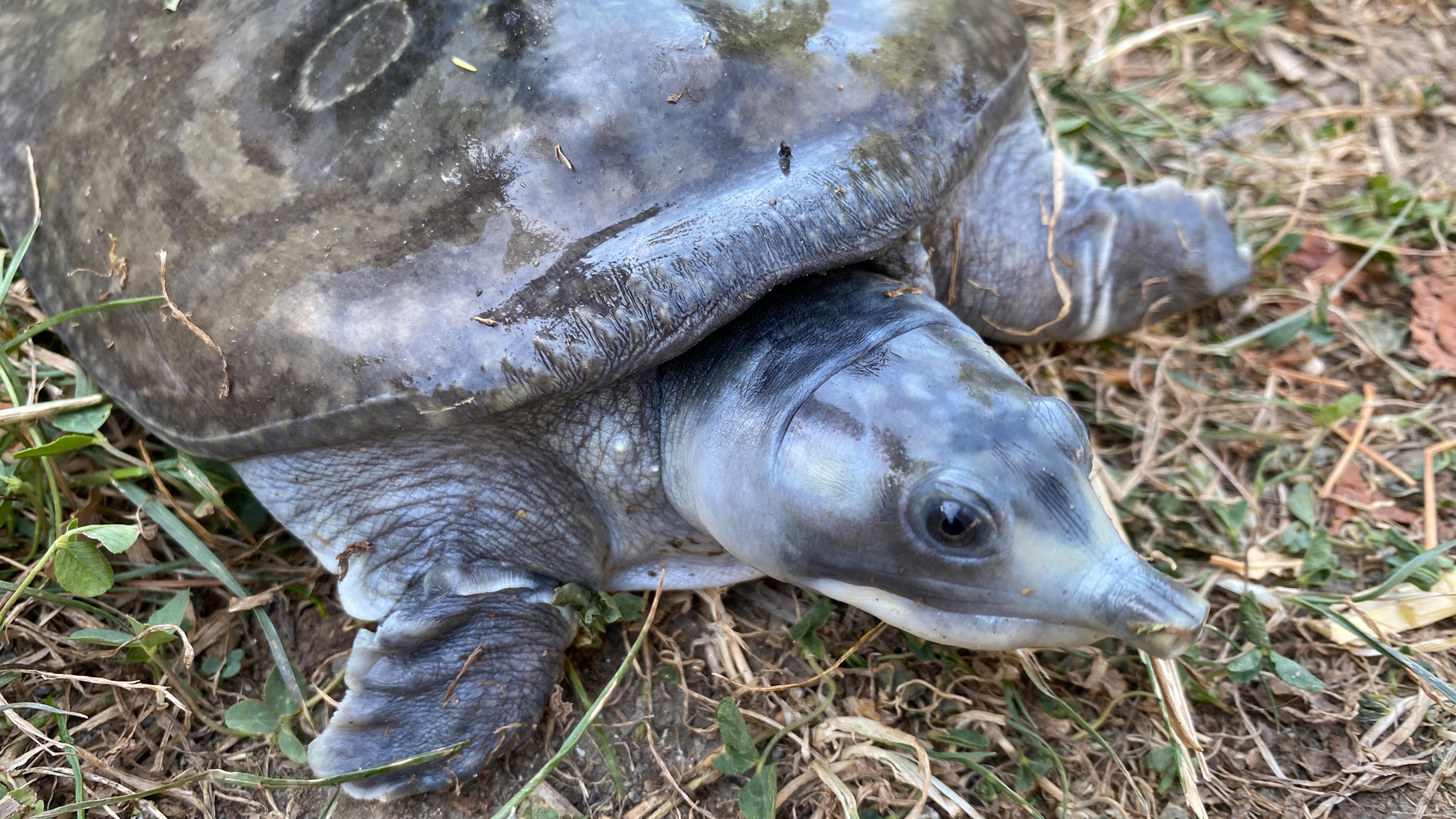THE COUNTRY
Nepal
ABOUT THE ANIMAL
Common Name: Indian Peacock Softshell Turtle
Scientific Name: Nilssonia hurum
ABOUT THE INDIAN PEACOCK SOFTSHELL TURTLE
The Indian Peacock Softshell Turtle is native to South Asia, with populations in India, Bangladesh, Nepal, and Pakistan. It inhabits rivers, lakes, and ponds, and is also found in temple ponds where it is often revered.
These primarily nocturnal turtles feed on a diverse range of prey, including snails, mollusks, prawns, fish, and insects, and they also consume aquatic plants. Adults can reach about 60 cm (23.6 in) in carapace length and weigh 15–20 kg (33–44 lbs). However, past confusion with the Black Softshell Turtle (Nilssonia nigricans) means some records of size and biology may be inaccurate. Much about this species remains poorly studied.
WHY THE INDIAN PEACOCK SOFTSHELL TURTLE IS ENDANGERED
- Fishing and direct harvesting
- Poaching for the illegal calipee trade (Roopa et al. 2024)
- Habitat destruction and degradation
- Pollution of freshwater habitats
- Invasive Species
- Disease
TURTLE ISLAND’S GLOBAL BREEDING BREAKTHROUGH WITH THE INDIAN PEACOCK SOFTSHELL TURTLE
Turtle Island is the only institution in the world to have successfully bred the Indian Peacock Softshell Turtle. This milestone represents a breakthrough for global turtle conservation.
Our breeding group includes two key individuals:
- The male turtle, kept since 1974 by renowned herpetologist Reiner Praschag (father of Turtle Island’s founder, Peter Praschag, PhD), and originally obtained from Hong Kong by Michael Reimann.
- The female turtle, rescued from the illegal pet trade and later donated to Turtle Island by a German animal shelter after confiscation from a reptile show.
Together, these turtles produced many hatchlings, offering new hope for the survival of the species.
RESEARCH AND FIELD WORK IN SOUTH ASIA
Turtle Island’s founder, Peter Praschag, PhD, has extensive expertise with this species. Over the years, he has made more than 25 expeditions to India and Bangladesh to study the freshwater turtles of the region, including Nilssonia hurum. His research and collaborations form the scientific backbone of Turtle Island’s work with this species.
REINTRODUCTION EFFORTS IN NEPAL
In partnership with ARCO Nepal and Nepali biologist Asmita Ranapaheli, Turtle Island prepared a reintroduction project to return captive-bred Indian Peacock Softshell Turtles to their native range.
In August 2025, fifty juveniles were scheduled for release in Nepal. Unfortunately, bureaucratic challenges in Austria delayed the transport, despite valid documentation. The story of these challenges has been featured in the Austrian daily newspaper Kleine Zeitung (download English translation).
Despite setbacks, Turtle Island remains committed to ensuring that this species is restored to its native habitats in Nepal.
HELP US PROTECT ENDANGERED TURTLES AND TORTOISES
This project is just one part of Turtle Island’s mission to protect endangered turtles and tortoises worldwide. You can stay connected with our work, whether it’s following updates on the rewilding of the Indian Peacock Softshell Turtle or learning about our other ongoing turtle conservation projects by subscribing to our newsletter.


